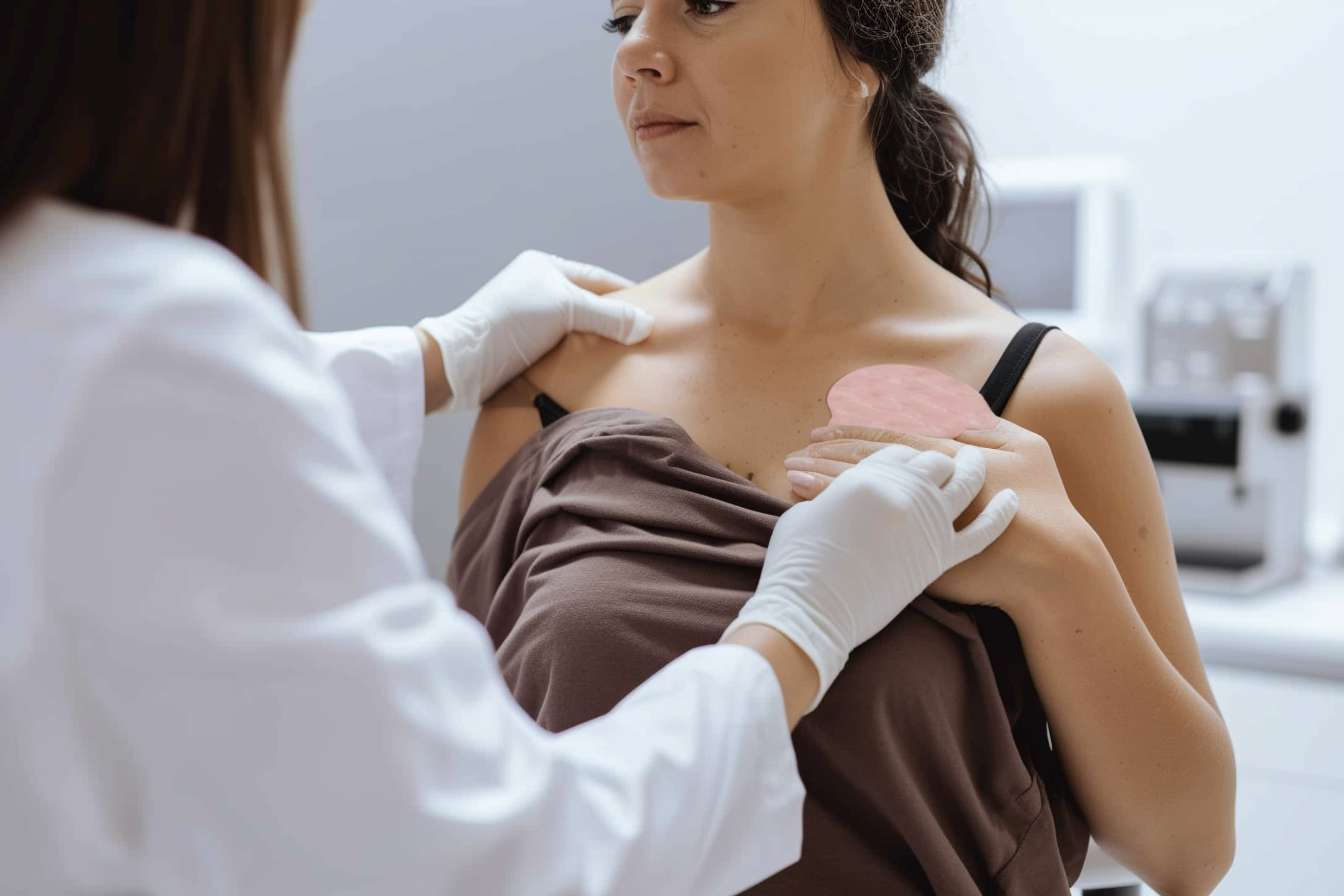Laser Tattoo Removal: What to Know Before You Commit
Many people consider tattoo removal when a design no longer fits their identity, career, or lifestyle. Laser tattoo removal uses focused light pulses to break ink particles into smaller fragments that the body gradually clears. The procedure has improved greatly with modern lasers, but outcomes vary by ink, skin type, and the clinic’s technique, so understanding the basics helps set realistic expectations.

This article is for informational purposes only and should not be considered medical advice. Please consult a qualified healthcare professional for personalized guidance and treatment.
What is laser tattoo removal and how does it work?
Laser tattoo removal relies on high-intensity light to target pigments in the tattoo. Different laser wavelengths are absorbed by different ink colors; pulses fragment pigment into smaller particles that immune cells then remove. Modern systems include Q-switched and picosecond lasers, the latter delivering energy in shorter bursts that can be more effective on certain colors and reduce the number of sessions for some tattoos. The process is performed in repeated sessions spaced weeks apart to allow healing and pigment clearance.
How does removal affect skin and healing?
Laser treatment causes controlled injury to tattooed skin to release ink. Typical short-term effects include redness, swelling, blistering, and scabbing as the skin heals. Most reactions resolve within days to weeks, but risks include temporary or permanent pigment changes (hypopigmentation or hyperpigmentation) and, less commonly, scarring. Skin type matters: darker skin tones can be more prone to pigmentary shifts, and providers adjust laser settings accordingly. Good wound care and following clinic instructions reduce complications and speed recovery.
What factors determine how many removal sessions you’ll need?
Several variables influence session count: tattoo age, ink colors and quality, depth of ink, size, and your immune response. Amateur tattoos with single dark inks often respond faster than professional pieces with dense, layered, or colored pigments. Lighter colors—white, yellow, green, and some blues—are harder to remove and may require specialized wavelengths or more sessions. Typical courses range from a few sessions to more than a dozen, spaced four to eight weeks apart; progress is assessed between sessions to adjust treatment safely.
Choosing the right clinic for laser tattoo removal
Selecting a reputable clinic matters for safety and results. Look for practitioners with certified training in medical laser use—dermatologists, plastic surgeons, or licensed clinicians experienced with tattoo removal lasers. Ask about the specific device(s) they use, whether they perform patch tests, and to see before-and-after photos of similar tattoos and skin types. Ensure the clinic follows medical hygiene standards and provides a clear consent process that explains risks, alternative options, and post-care. Transparent pricing and realistic outcome expectations are also signs of a responsible provider.
Aftercare: protecting your skin after laser tattoo removal
Aftercare is essential to good results. Immediately after treatment, the clinic will likely apply a dressing or ointment; keep the area clean and protected from sun exposure as it heals. Avoid picking scabs or blisters and follow instructions for topical care—these measures reduce infection risk and scarring. Sunscreen and UV protection on treated skin are crucial for months afterward to prevent pigment changes. If infection, prolonged redness, or unusual pain occurs, contact the clinic or a healthcare professional promptly.
Conclusion
Laser tattoo removal has become more precise and accessible, but outcomes depend on multiple factors including tattoo characteristics, skin type, and the clinic’s expertise. Understanding how lasers work, what to expect during healing, and what to ask when choosing a clinic helps you make an informed decision. Talk with a qualified provider for an individualized assessment and treatment plan tailored to your tattoo and skin.






